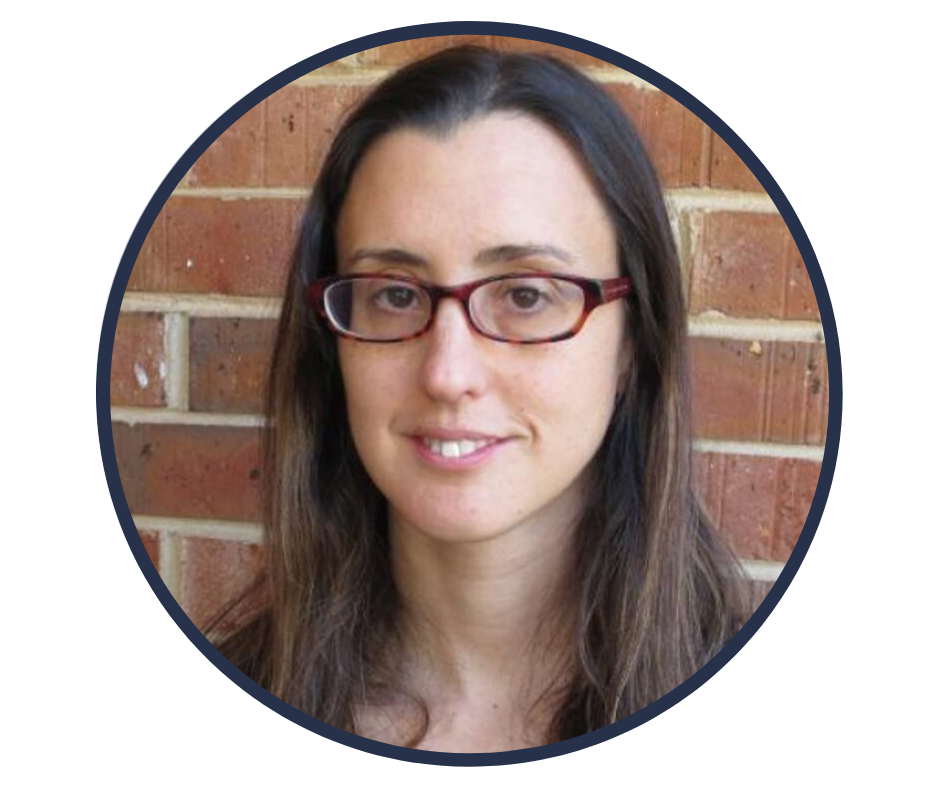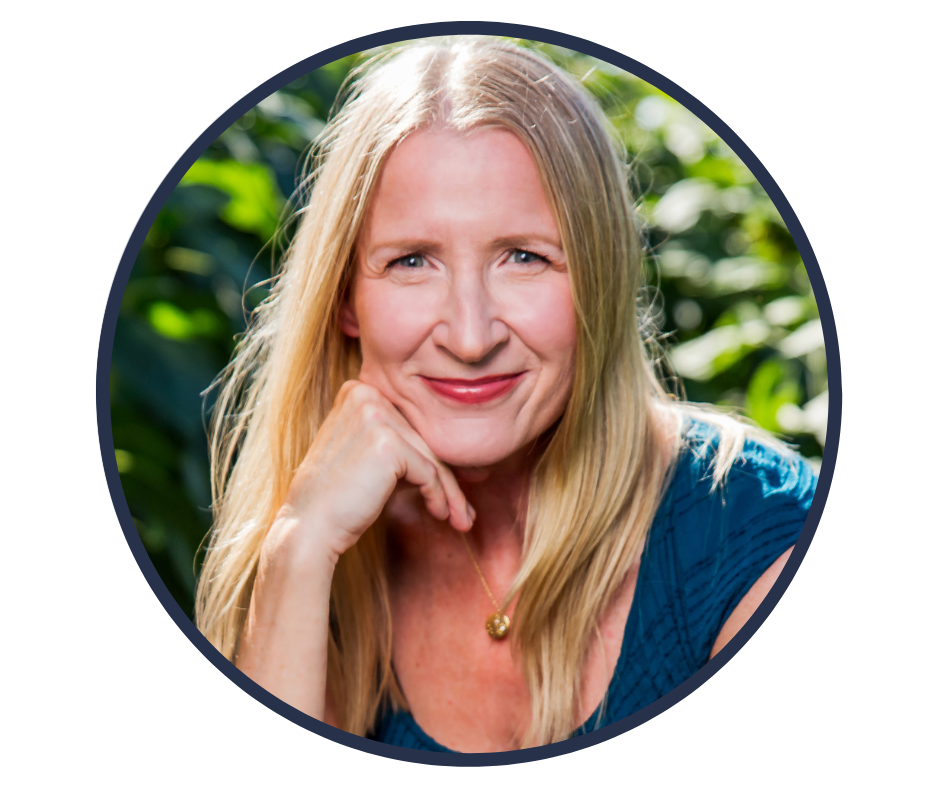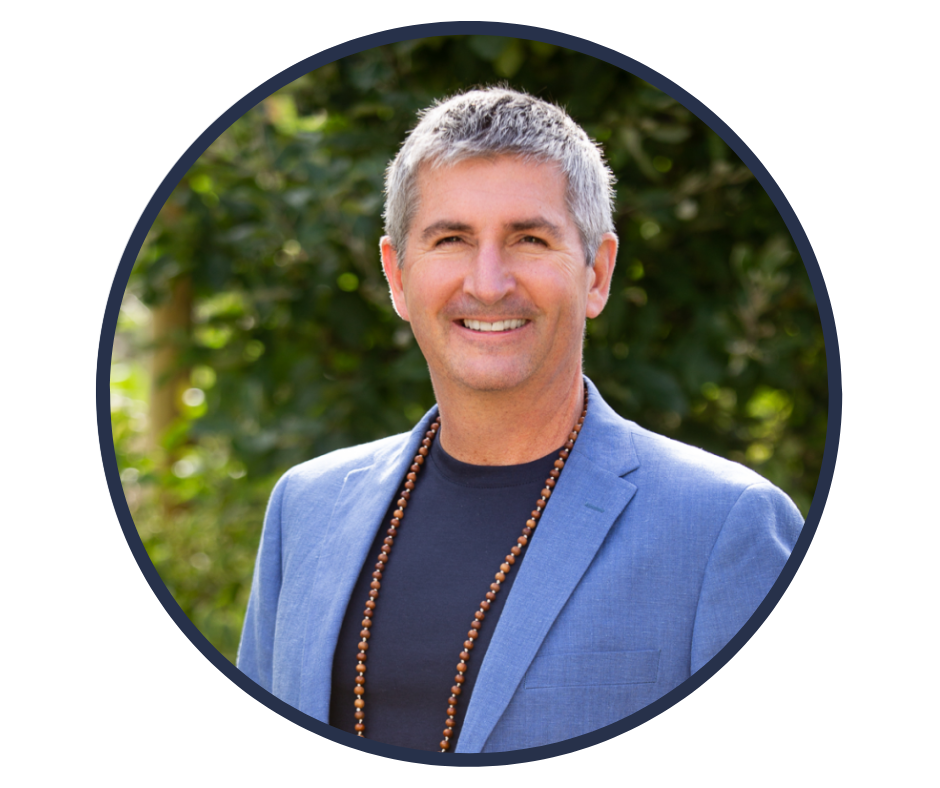Yoga and Science in Pain Care - Yoga for Recovery from Addiction
By: Sneha Nemichand, YT, MBA ∙ Estimated reading time: 7 minutes
By: Sneha Nemichand, YT, MBA ∙ Estimated reading time: 7 minutes

This is the 12th blog post in a series based on the Yoga and Science in Pain Care Book Club, a 15-part course based on the book of the same title, by Neil Pearson, Shelly Prosko, and Marlysa Sullivan. You can find the blogs corresponding to Chapter 1, Chapter 2, Chapter 3, Chapter 4, Chapter 5, Chapter 6, Chapter 7, Chapter 8, Chapter 9, Chapter 10 and Chapter 11.
What is Addiction?
The American Society of Addiction Medicine defines addiction as “a treatable, chronic medical disease involving complex interactions among brain circuits, genetics, the environment, and an individual’s life experiences. People with addiction use substances or engage in behaviors that become compulsive and often continue despite harmful consequences. (American Society of Addiction Medicine, 2024)”
Within Chapter 12: Pain, Addiction and Yoga of the Yoga and Science in Pain Care book and the accompanying course on Embodia, author Tracey Meyers (Sondik) provides a list of theories to explain why people use substances and why ultimately some become addicted to them. In the webinar, she uses data to show that individuals with substance use problems are also subjected to mental health challenges, early trauma, and adverse childhood experiences (with a significantly higher impact of repeated traumatic events).
The focus of this blog post is on the use of substances to manage pain and the role of yoga in recovering from addiction caused by substance use.
Opioids to Manage Pain
Over the past two decades, there has been a significant rise in the practice of prescribing pharmacological drugs – such as Percocet, Vicodin, OxyContin, also known as opioids – to manage chronic pain. Unfortunately, this practice has also created a colossal problem of opioid misuse and addiction beyond the prescribed course of treatment: an estimated 26.4-36 million people worldwide are addicted to opioids; in 2016, a greater number of people in the U.S. died from the misuse of prescription pain relievers (20,000) than from heroin (12,990) (National Institute on Drug Abuse, 2015).
Opioids and Addiction
Before we dive into the topic of recovery from such addictions, it helps to understand what causes opioid addiction when it is used as prescribed to manage pain.
Our body naturally produces (endogenous) opioids such as endorphins and consists of opioid receptors, which are specific proteins found on various cells in the brain, spinal cord, and other parts of systems that regulate pain, emotion, reward, stress responses, motivation, and autonomic control. Prescription opioids (exogenous opioids) attach to the body’s opioid receptors potentially producing a sense of well-being and decreasing pain. When taken over a short period, exogenous opioids can be effective in managing pain, however with repeated usage, they inhibit the production of endogenous opioids in our body.
Because of this, when prolonged use of exogenous opioids is discontinued, it can lead to significant discomfort and increased pain; this pain is sometimes even higher than the pain at the time the drug was prescribed to manage it. In this way, an opioid-seeking need (addiction) originates biologically and thereby, in many cases, leads individuals to misuse them. When opioids are discontinued, oftentimes, individuals – especially those impacted by other psycho-social-economic factors – also transition from prescription opioid (mis)use to heroin use which further deepens the addictive behaviors.
I wanted to dig into the process of opioid addiction to show the huge influence that circumstantial factors have on an individual’s relationship with substance use. Through this small example, I wish to open the space and conversation around developing compassion toward individuals whose life experiences are unimaginably different from yours.
What is Recovery
The Substance Abuse and Mental Health Services Administration (SAMHSA) defines recovery as “a process of change through which individuals improve their health and wellness, live a self-directed life, and strive to reach their full potential (Substance Abuse and Mental Health Services Administration, 2024).”
In the chapter and the webinar, Tracey offers several principles to develop an effective substance use treatment and the one that stuck with me is that relapse doesn’t necessarily mean the treatment has failed.
Tracey also believes that an individual's path to recovery is unique, complex and multifactored and therefore should include a set of treatment areas and options – this is illustrated in the Components of comprehensive and holistic substance abuse treatments below:
 Figure 1: Components of comprehensive and holistic substance abuse treatments. Figure 12.2 in Meyers-Sondik, T. (2019). Pain, Addictions and Yoga. In: Pearson N, Prosko S, Sullivan M. (Eds). Yoga and Science in Pain Care: Treating the Person in Pain. London, UK: Singing Dragon Publishers.
Figure 1: Components of comprehensive and holistic substance abuse treatments. Figure 12.2 in Meyers-Sondik, T. (2019). Pain, Addictions and Yoga. In: Pearson N, Prosko S, Sullivan M. (Eds). Yoga and Science in Pain Care: Treating the Person in Pain. London, UK: Singing Dragon Publishers.
“ .”
.”
Yoga and Recovery
While many research studies have reported the positive impact that yoga has on various stages of recovery and remission, yoga is known to be especially effective at two distinct periods: (i) early stabilization following detoxification from the substance and (ii) relapse prevention phase, which usually takes place three months or longer after stabilization occurs:
 Figure 2: Yoga and Recovery. Figure 12.3 in in Meyers-Sondik, T. (2019). Pain, Addictions and Yoga. In: Pearson N, Prosko S, Sullivan M. (Eds). Yoga and Science in Pain Care: Treating the Person in Pain. London, UK: Singing Dragon Publishers.
Figure 2: Yoga and Recovery. Figure 12.3 in in Meyers-Sondik, T. (2019). Pain, Addictions and Yoga. In: Pearson N, Prosko S, Sullivan M. (Eds). Yoga and Science in Pain Care: Treating the Person in Pain. London, UK: Singing Dragon Publishers.
Benefits of Yoga for Recovery
The most researched aspects of yoga on addiction are asana, pranayama, and meditation. Specific benefits of yoga and adaptive practices such as Mindfulness-Based Interventions (MBIs), Mindfulness-Based Stress Reduction (MBSR), Mindfulness Oriented Recovery Enhancement (MORE) for addiction and recovery are:
- Addressing recovery with a mind/body/spirit connection
- Reducing the power of cravings by disrupting the experience of cravings through pranayama, asana, meditation, engagement
- Providing a positive replacement behavior for dealing with urges/cravings
- Positively affecting the nervous, respiratory, and endocrine systems that release anti-depression hormones such as serotonin and dopamine
- Encouraging introspection and development of spiritual practice, both of which are necessary for maintaining recovery (as described in the 12-step self-help model)
- Cultivating awareness, non-judgment and acceptance of the present moment, which helps with developing a different relationship with thoughts, feelings, and sensations
- Focusing, concentrating, and training the mind to pay attention to one thing, which is extremely important in early recovery where people are often overwhelmed by different thoughts, feelings, and sensations
- Developing self-compassion
Application and Approach
If you are looking to include yogic concepts to treat persistent pain or addiction, Tracey encourages you to use the yogic philosophy as a framework and a starting point to understand the root causes for addiction to develop an informed and effective path to recovery. The chapter includes a Table demonstrating the Intersection of yoga and self-help through a 12-step Model. This framework will not only bolster the right mindset to work with individuals in recovery but also enable the selection of the most appropriate set of yogic tools to serve the individual’s unique needs.
With an understanding of the needs, the focus must then be on starting small to build up a sustainable practice – this could look like a habit of taking a few focused breaths to establish awareness in the present moment before getting out of bed in the morning.
Yoga practices are especially useful when employed to build self-awareness and identify what moderation would look like when the individual is failing with abstinence. A combination of tiny practices and an approach of moderation can help build up the window of tolerance required for the individual in the lengthy process of recovery and remission. While celebrating progress and wins is important, caution must be exercised in remaining realistically optimistic so that patience and compassion can be extended to the individual when they experience a slip.
Tracey provides another idea of incorporating sensory experiences into the treatment. For example, establishing an elaborate ritual for the patient to learn to engage their sense of touch, smell, taste and eventually build a mindfulness-based consumption practice to support them in moments of lapses. I find this idea to be synergistic with mindfulness-based eating practices and I look forward to applying them when I consume my favorite foods like coffee, chips and popcorn since I need to adapt my diet in response to recent issues with my gut.
Self-compassion and Shame
Before I end this blog, I want to delve a bit into two emotions/feelings: self-compassion and shame in the context of working with individuals in recovery from substance use addiction. I bet that you wouldn’t be surprised to learn that self-compassion is commonly low across many individuals (ourselves included) but it is even lower among individuals recovering from addiction. And although we have come a long way in talking about and treating addiction as a medical condition, I still notice that shame is always lurking around in the background. Not only is shame thrust upon by others, but it is also present within the individual. With a heightened presence of shame also comes judgment, limited self-worth, lack of self-compassion and vice-versa; all of which make it much harder for individuals to continue onwards when they relapse.
As a witness to and with the lived experience of my friend’s failed attempts to quit smoking cigarettes, their lapses troubled and impacted me on a personal level. It did not help that I could not understand how one could relapse if they were trying hard enough! This chapter and the webinar have informed me about the theories of addiction and increased my understanding of how addiction works physiologically and psycho-socially. I now have an opportunity to shift my mindset and be present for individuals struggling with substance use addiction from a place of understanding and therefore compassion, both of which could have a positive impact on their path to recovery.
While working with individuals in recovery is not straightforward, it can be made tenable by inviting yoga with all its principles, philosophies, and tools, into the conversation and opening up the possibilities for a different approach to life through recovery, remission and beyond. The critical ingredients of and guiding principles for developing treatment options for sustained recovery also offer tangible tools that I look forward to using in my work.
Click here to learn more about Chapter 12
of Yoga and Science in Pain Care
or
Click here to view the complete series
References:
American Society of Addiction Medicine. 2024. Definition of Addiction. https://www.asam.org/quality-care/definition-of-addiction
Meyers-Sondik, T. (2019). Pain, Addictions and Yoga. In: Pearson N, Prosko S, Sullivan M. (Eds). Yoga and Science in Pain Care: Treating the Person in Pain. London, UK: Singing Dragon Publishers.
National Institute on Drug Abuse, 2015.
Substance Abuse and Mental Health Services Administration. 2024. Recovery and Recovery Support. https://www.samhsa.gov/find-help/recovery
---
Date published: 23 April 2024
Last update: 5 December 2025

Psy.D., C-IAYT, E-RYT-500
Tracey Sondik is a licensed clinical psychologist, E-RYT 500 hour yoga teacher, certified C- IAYT yoga therapist, certified MBSR and iRest teacher. Tracey loves teaching therapeutic yoga including Yin, Restorative, and Yoga Nidra for groups and individuals. She leads nationally recognized mindfulness programs and retreats, and Yin Yoga Teacher Training Immersions for yoga teachers, yoga therapists, and mental health professionals. Tracey has a strong background in brain/behavior, working as a neuropsychologist with an expertise in neuropsychological assessment, trauma-informed therapies, and integrative medicine. She has spent most of her professional career working in inpatient and outpatient behavioral health settings with clients that have a wide-range of brain-based disorders including traumatic brain injury, stroke, neurocognitive disorders, depression, bipolar disorder, anxiety disorders, PTSD, and schizophrenia.
Tracey has authored several publications book chapters around holistic behavioral treatment for different mental health conditions, yoga for addiction, and is currently writing a book on yin yoga and mental health that is set to be published in 2021. She created and co-chairs the State of Connecticut State-Wide Integrative Medicine Collaborative dedicated to the use of holistic treatments for behavioral services throughout the state of Connecticut. Tracey is an Assistant Clinical Professor at Yale University Department of Psychiatry, and adjunct faculty member at University of Hartford Graduate School of Professional Psychology in Hartford, CT and Maryland University of Integrative Health Master’s of Science Yoga Therapy program in Laurel, Maryland.

Wellness teacher
Sneha is a wellness teacher and a continuous improvement professional currently based in Toronto, Canada. Through her work and her teaching, she creates a nurturing and safe space for individuals to build self-awareness, find personal growth and connection with themselves plus their community. Sneha draws from the wisdom of yoga, pranayama and meditation, and sprinkles her love for life-long learning to create a space for silence, curious exploration and relaxation for her clients.
https://www.connectandgrowyoga.com/

MPT, C-IAYT
Marlysa is a physiotherapist and yoga therapist with over 15 years of experience working with people suffering with chronic pain conditions. She is an Assistant Professor in Yoga Therapy and Integrative Health Sciences at Maryland University of Integrative Health and holds an adjunct position at Emory University, where she teaches the integration of yoga and mindfulness into physical therapy practice in the DPT program. She is also the author of Understanding Yoga Therapy: Applied Philosophy and Science for Well-being and co-editor of Yoga and Science in Pain Care: Treating the Person in Pain as well as several peer-reviewed articles.
Marlysa has been involved in the professionalization of the field of yoga therapy through the educational standards committee of IAYT, which helped to define the competencies for the field, and in characterizing the yoga therapy workforce through research. Her research interests focus on defining the framework and explanatory model for yoga therapy based on philosophical and neurophysiological perspectives.

PT, C-IAYT, PCAYT
Shelly has been helping people recover and flourish since 1998 as a physiotherapist, yoga therapist, educator, author and pioneer of PhysioYoga, blending evidence-informed body-mind-breath-spirit-heart centered practices and principles, such as yoga, into physiotherapy with a focus on chronic pain, pelvic health, compassion in healthcare and professional burnout. She is on faculty at several therapy programs, presents at medical conferences globally, contributes to academic research and writing, provides classes, courses and resources for the general population, and offers continuing education courses and mentorship for professionals.
She considers herself a lifelong student and emphasizes the immense value gained from clinical experience and learning from those she serves, the professionals she teaches, and the colleagues with which she collaborates.
Shelly is the co-editor/author of the book Yoga and Science in Pain Care: Treating the Person in Pain and has authored numerous book chapters in a variety of rehabilitation textbooks.
She maintains a clinical practice in Sylvan Lake, Alberta and believes compassion (including self-compassion), meaningful connections, spending time in nature and sharing joy are powerful contributors to rehab and well-being.
Visit www.PhysioYoga.ca to learn more.

PT, MSc(RHBS), BA-BPHE, C-IAYT, ERYT500
Neil is a physical therapist, yoga therapist, author, researcher, Clinical Associate Professor at the University of British Columbia, faculty in three IAYT-accredited yoga therapy programs, board member for the International Association of Yoga Therapists and pain care advocate. He conducts research into the effects of yoga on veterans with chronic pain and people with osteoarthritis. Neil is the recipient of awards honouring his work in pain care, patient education and physiotherapy by Queen’s University, the Canadian Pain Society and both provincial and national physiotherapy associations, including the Canadian 2021 Medal of Distinction.
Neil is a consultant to Partners in Canadian Veterans Rehabilitation Services, and to Lifemark’s 300+ clinics in Canada. Neil is a past board member for Pain BC, Canada’s premier non-profit transforming the way pain is understood and treated. He co-authored – Yoga and Science in Pain Care 2019, authored the patient education ebook, Understand Pain Live Well Again in 2008, and is lead contributor to many free patient resources offer by Pain BC.
For more information and course offerings, see www.paincareaware.com